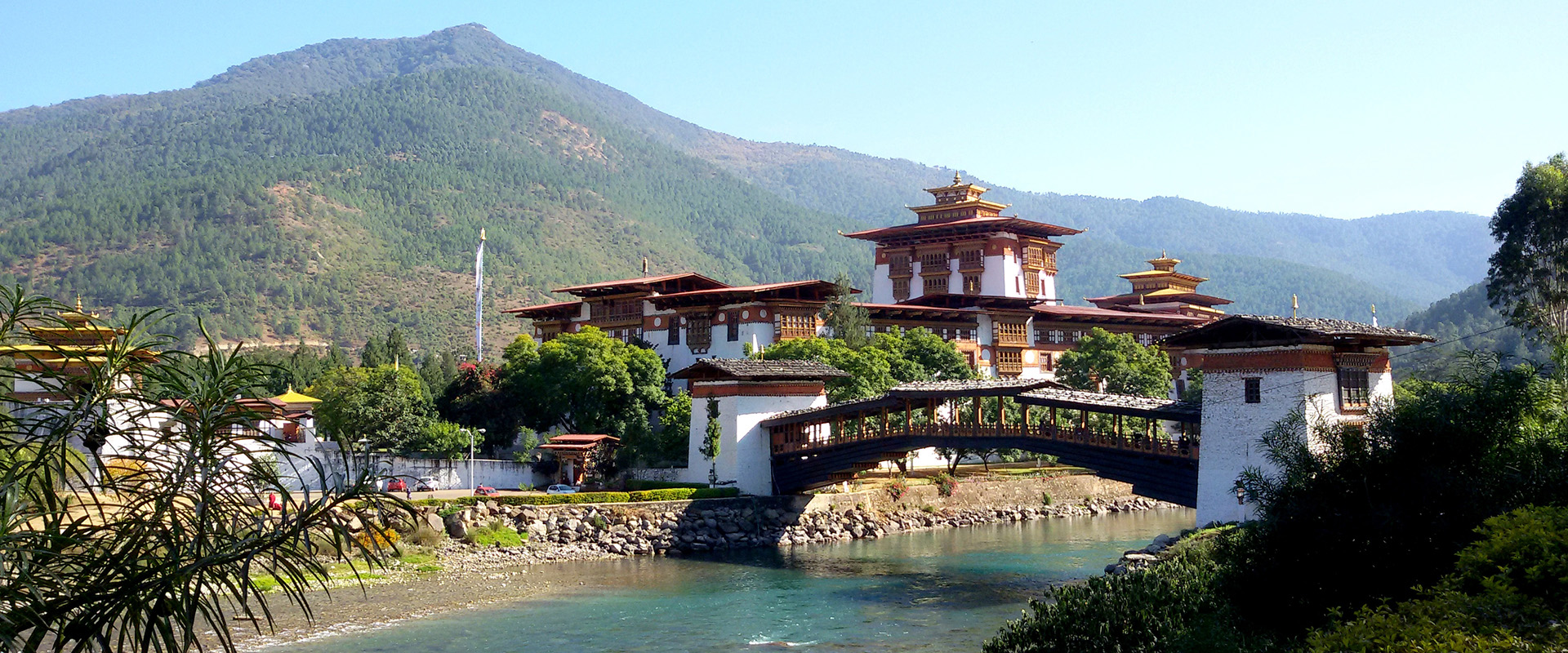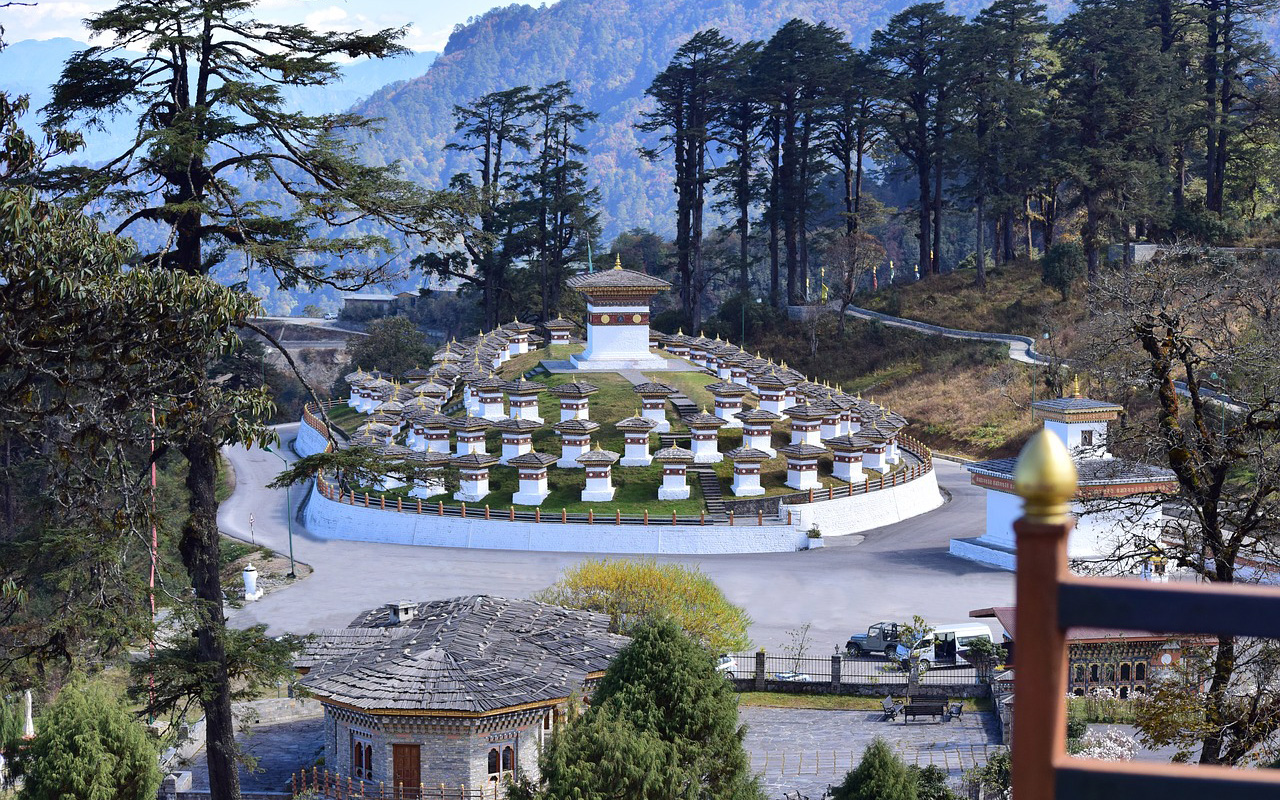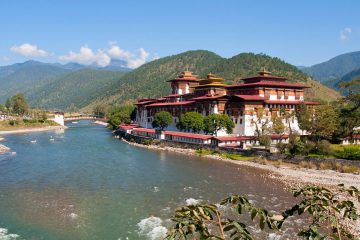Breakfast at the hotel and it’s time to explore Paro, visit, the picturesque town in Bhutan enrout visitSimtokha Dzong. This dzong, built in 1627 is the oldest in Bhutan.
Simtokha Dzong is a small dzong, built in 1629 by Zhabdrung Ngawang Namgyal, who unified Bhutan, thedzong is the first of its kind built in Bhutan. An important historical monument and former Buddhistmonastery, today it houses one of the premier Dzongkha language learning institutes.
Ta Dzong: Ta Dzong, once a watchtower, built to defend Rinpung Dzong during inter-valley wars of the 17th century, Ta Dzong was inaugurated as Bhutan’s National Museum in 1968.
Rinpung Dzong: Built in 1646 by Shabdrung Ngawang Namgyal, the first spiritual and temporal ruler of Bhutan, the Dzong houses the monastic body of Paro, the office of the Dzongda (district administrative head) and Thrimpon (judge) of Paro district. The approach to the Dzong is through a traditional covered bridge called Nemi Zam.
National Museum of Bhutan: Situated right above Rinpung Dzong in Paro, the National Museum of Bhutan is a house that showcases Bhutan’s culture. Built in 1968, the museum stands inside the ancient Ta-dzong building. The museum houses the collection of finest specimens of Bhutanese culture and art and its highlights are paintings and some bronze statues, which are simply masterpieces. The items are demonstrated in large galleries and you can get to know a lot about Bhutan’s art and culture from these objects.
Drukgyal Dzong: Drukgyal Dzong was a fortress and Buddhist monastery, now in ruins, located in the upper part of the Paro valleyin Paro District of Bhutan. The Dzong was probably built by Tenzin Drukdra in 1649 at the behest of Shabdrung Ngawang Namgyal to commemorate victory over an invasion from Tibet.
Nya Mey Zam Bridge: “The Bridge with No Fish ” is the bridge that connects Paro Town to Dzong. It is one of finest specimens in Bhutan and local believes if one sees a fish in the river, it is ill omen..The earlier bridge which could be folded during war was washed away by flood in 1969.
Paro Airport View Point: This is finest valley view point to look after Paro Valley and Paro Airport. This view point overlooking the Paro river along with the all the Dzongs and Monastry .
Overnight in Paro











